10 of the World’s Most Overrated Cities
The urban environment is powerful and evocative, reflective of the people, places and times that saw the construction of specific communities. Cities can be iconic, but they can also be overrated. They say you should never meet your heroes, but in this list, you might come to the conclusion that it’s equally unwise to visit your favorite cities. They may not live up to your lofty expectations after all…
10. Paris
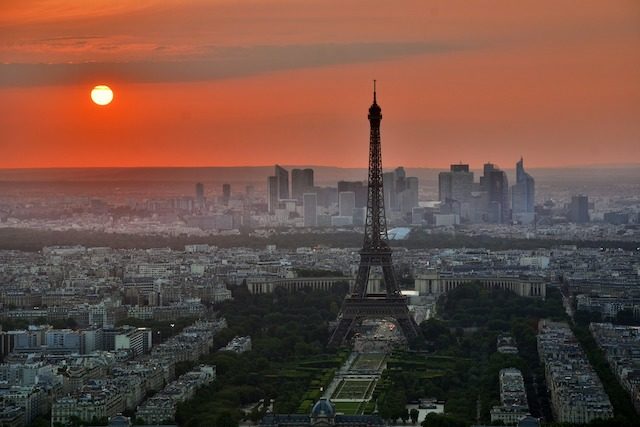
Paris may be iconic for its Eiffel Tower, culture, and architecture, and for being a romantic and meaningful place to get away. However, Paris is reputed to be overrated, so we’re going to check out the somewhat startling facts about this exceptionally famous French metropolis. Referred to as the City of Love or the City of Lights, Paris does have a variety of most famous human artifacts to appreciate or places to check out that are of historic or cultural fame and significance. Paris even has its own Disneyland. While seen as romantic and a place of love, Paris in fact might ironically be defined as a place to get lonely. Yes, there is much to appreciate architecturally and in the form of art and culture but Paris is well known as a place where bids for politeness do not constitute the highest priority in day to day life.
Paris has actually suffered the fate of being voted no less than Europe’s most overrated city, topping the list due to its unfriendliness. Visitors have often complained about unduly curt or unwelcoming treatment by locals. While Paris is a dream destination for foreign visitors around the world, it seems that becoming tired of serving foreigners without perfect French is an attitude clearly conveyed by enough Parisians. Apparently condescending attitudes and bluntness are ubiquitous in Paris to the point where visitors may not only feel disappointed but downright depressed. Finding that Paris does not measure up has created such severe symptoms as to be labelled as Paris Syndrome.
9. Rome
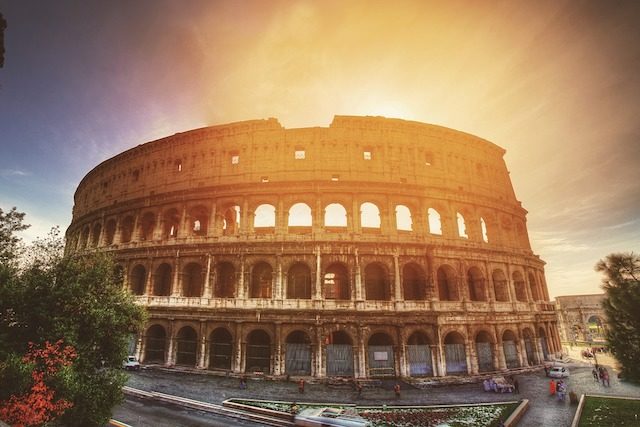
The Colosseum, the Spanish Steps, the Pantheon, and the Trevi Fountain. In iconic Rome, Italy, the list goes on, and there’s plenty to see for those interested in some more modern history too. The Vatican is also a stone’s throw away. While the famous ancient city does have remarkable architectural sites that are rich in history of religious, civic, and political significance, as well as being the scene of great conflict and drama, Rome itself is a place that one might say has seen better days in some regards. The ruins of ancient structures in Rome have been preserved for visitors but unfortunately, a number of modern amenities have come to resemble a less appealing version of what might be called another form of ruins.
Despite a steady injection of funds through tourist dollars, work to improve problematic transportation, sanitation, and municipal infrastructure shortcomings in Rome have lagged exceptionally. As money keeps coming in and the city remains crowded with tourists, a lack of efficiency and even strikes have left much to be desired, to put things mildly. Remarkably, sanitation problems, including garbage being left to the point of mass overflow, led to threats of European Union sanctions. Furthermore, visitors have complained about disreputable conduct from touts taking on the roles of taxi drivers, cash exchangers, and guides. Rome might attract millions of visitors yearly, but the city suffers some of Europe’s lowest repeat visit rates.
8. Sydney
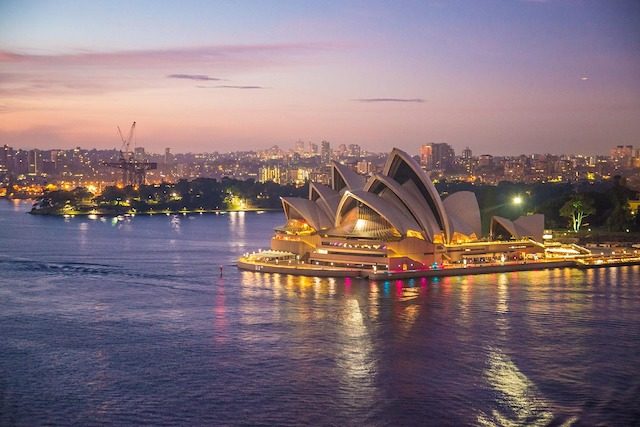
The iconic Sydney Opera House of Sydney, Australia is so famous that one might say it is touted rather than simply promoted. Images of Sydney are also so curiously focused on the Down Under city’s famous opera house that you might make that image and the general character of the city synonymous in your imagination. However, the fact that the Sydney Opera House is such a focal point of the city’s depictions might hint, to the analytical mind, that perhaps this is the case because there is really little else that is all that remarkable in Sydney. Furthermore, the opera house itself is so overrated that the entire presentation begins to fall upon critical inspection.
The design of the opera house is the work of Danish architect Jørn Utzon, who won the contest to design it out of 233 contestants in 1956, with construction beginning in 1959 and lasting 14 years instead of the originally anticipated four years. Despite the fantastical appearance of the Sydney Opera House, the acoustics have presented many problems and it has not been the world star venue it was intended to become. With the acoustics of the opera house being widely criticized, makeshift solutions have often had to be sought due to some parts of the building being too big and others too small. The pit in the opera theatre has been identified as too small, causing acoustic difficulties, with the concert hall being overly large, causing sound to get lost. Interestingly, Australian music magazine Limelight gave the opera theatre the worst rating for acoustics out of 20 venues of significance, while giving 18th place to the concert hall.
7. London
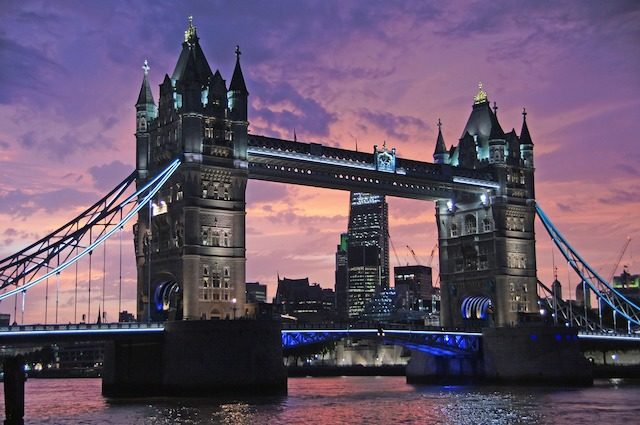
London, England has a history going back to the Roman Empire with everything from sites of Royal interest at Buckingham Palace, Big Ben as a monument for the most die-hard clock fans, those infamous red double decker buses, and perhaps the odd unexploded German bomb lying somewhere waiting to be discovered, decades past the rabid fighting of World War II. The largest city in England and the United Kingdom, the capital of England suffers pollution in the Thames that was once so bad people were dying from it, and air pollution had the same effect by a different means of causing ill-health. Despite the mix of grandeur and squalor, visitors to London may find themselves disappointed by the crowding and also the lack of friendliness despite being surrounded by people, as London has the questionable distinction of being voted the second most unfriendly city worldwide.
Then there’s the sometimes garish and disjointed modern construction that has grown up in the city. While historic squalor and wartime damage have been definitive events in London’s history, visitors will be surprised by how iconic traditional buildings and perceptions of English culture and architecture in London are dwarfed by modern architecture. The skyline of London definitely appears rather random, with buildings in the financial district described in comparison to a cheese grater, a scalpel, and a walkie-talkie in some prominent examples.
6. New York City
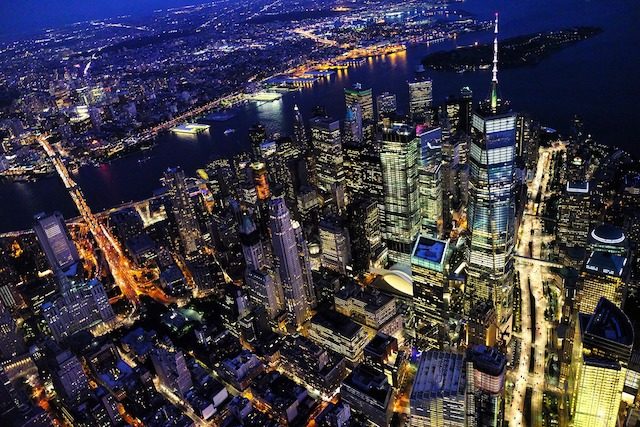
New York City may not be the political capital of the United States but the grand city is certainly the de facto financial capital of America (and some might argue the world). With such iconic elements portrayed in popular culture, literature, news, movies, and daily discourse, New York occupies a larger than life place in the minds of the American public and further. Those who live there know what it is like, but first time travelers may be in for a disappointment upon actually arriving.
From 1785 to 1790, New York was actually America’s capital city. In recent history, the tragic 9/11 attacks represented the single worst incident to strike any North American city. While many cities are destinations for visitors, there has been a surprisingly significant level of effort — to the point of sacrificing comfort — just for the sake of living in New York City. Due to grand real estate costs, living in tiny, overpriced, and sometimes substandard accommodations has become commonplace. For visitors, sites such as the Empire State Building, Wall Street, and Statue of Liberty are certainly icons of great interest, but the actual city will produce a feeling of being dwarfed by two things. These are the enormity of the buildings, crowds, and traffic-jammed streets, and the enormity of the tab run up to stay in the city.
5. Shanghai
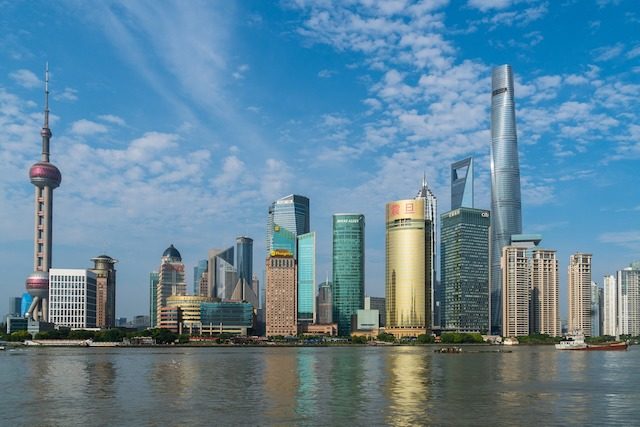
Shanghai is so well known that it has become an almost clichéd stand-in for popular imaginations of the People’s Republic of China. Yet while Shanghai is an important Chinese city with enormous economic, historical, and cultural significance, it is a city with a significant legacy of influence by Western culture and hotspots of past east and west conflict. Known for its modern towers, including the aptly named Shanghai Tower, and a myriad of modern architectural wonders, Shanghai is also defined by “The Bund” — a block of iconic European colonial buildings now repurposed for a variety of uses. Yes, Shanghai may feel too “westernized,” a valid perception based on the composition of the city by those seeking the “real China.” It certainly is the place to get coffee and hamburgers in China.
While modern architectural creations may define the Shanghainese skyline, the “waterline” of Shanghai is largely defined at its most famous points by these magnificent but undeniably foreign European buildings, the work of “Laowai” — or foreigners — in China. The foreign presence in China has been a tumultuous one, with many flashpoints relating to trade and attempts at colonization. So, why is Shanghai perhaps overrated as a place to experience China? While interesting, there are many other places, such as Xi’an in Shaanxi province, with the Terra Cotta Warriors close by, remote hill forests in Sichuan and incredibly spicy cuisine, ancient temples in Henan province, and of course the many access points to the Great Wall that more accurately reflect traditional Chinese culture over a more Westernized one.
4. Rio de Janeiro
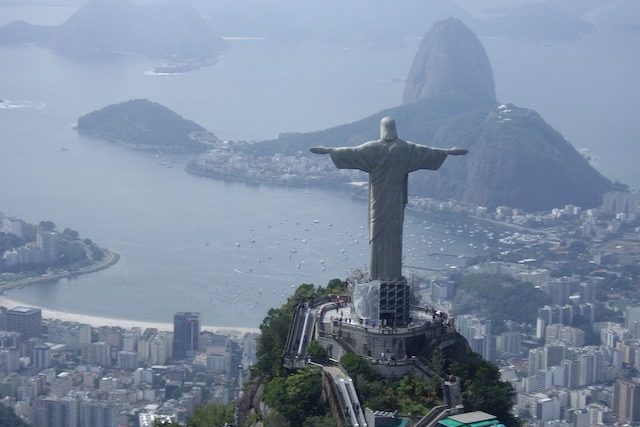
Depicted in countless movies and artistic images, Rio de Janeiro in Brazil is known for being located below the huge Christ the Redeemer art deco statue that contrasts with the extraordinary natural features of Rio de Janeiro combining steep hills, the sea, and perched buildings. The world famous statue constructed above the city is 98-feet tall with a 92-foot armspan, built on the 2,300-foot tall Corcovado Mountain in Tijuca Forest National Park. While famous for everything from car race hosting to nightlife and urban tourism, Rio de Janeiro is actually not so great to look at once you are down amongst the buildings, many of them generic in architectural form, lacking a sense of place, and often run down.
While Rio is often promoted as a center of culture, activity, and interest for travelers in search of a lively and exotic destination, the Brazilian city is becoming a hotbed of criminal activity. Crime rates have risen so drastically that violence is feared throughout the city, costing an immense number of tourism dollars. People are becoming smart enough to stay away from many parts of Rio much of the time, to the point where lost revenue in the year 2017 totaled an incredible $200 million.
3. Barcelona
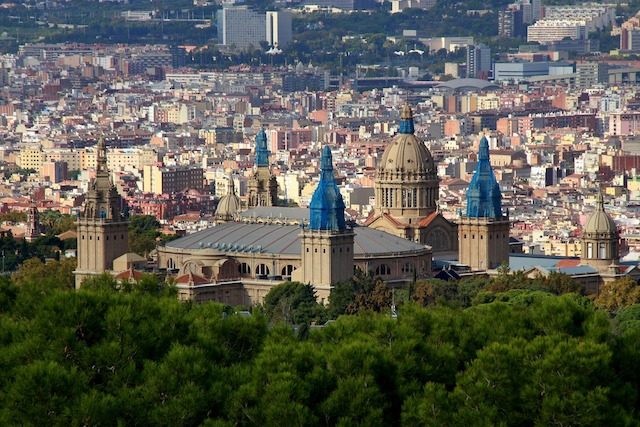
Spain is both renowned for positive cultural aspects, notorious for being host to events with which many people do not approve (including bullfighting), and as the site of a brutal civil war in its 19th century history. With all of the complexity and intrigue of Spanish architecture and historic and modern culture, Barcelona is a famous destination that draws visitors globally every year, but something is clearly wrong when disappointment follows the arrival of the discerning traveler. What exactly is the problem with Barcelona? While the city is a cultural icon, the true Spanish cultural experience has unfortunately been, shall we say, diluted by the emergence of an extraordinary quantity of tourist traps replacing a quality experience.
At the same time, overcrowding of this already highly populated parcel of Spain is making additional visitors face immense challenges in simply getting around to see the place once they’ve arrived. Esteemed Spanish writer extraordinaire Miguel de Cervantes put the praise of Barcelona into the mouth of his fictional character Don Quixote, describing the city as nothing less than a “fountain of courtesy, shelter of strangers, hospice to the poor, land of the valiant, avenger of the offended, reciprocator of firm friendship, a city unique in its location and beauty.” Yet the crowdedness of the city and tendency for many people to treat it as a short stop interestingly leads many people to be less responsible given that they will be in the area for a limited time, further adding to the aggravation many visitors experience.
2. Athens
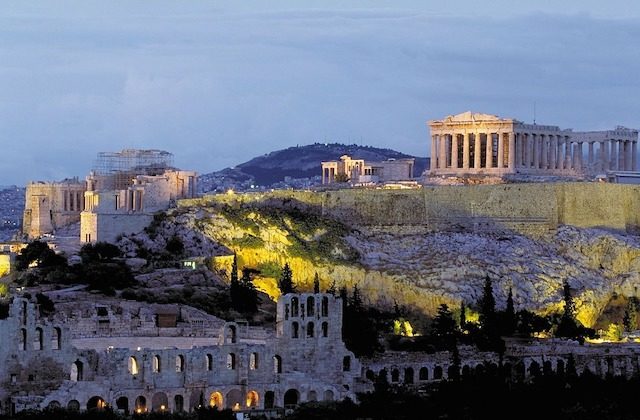
Afforded near mythical status for being so ancient and the place where countless Greek Gods and Goddesses are described as having their origins, Athens is a richer place in history and culture than it is today in the flesh — or rather, in the brick and mortar. While the development of ancient democracy, philosophy, and faiths in a place where such famous humans such as Socrates and deities such as Zeus and Venus have their claim is bound to make Athens a revered site in popular imagination, there is much to disappoint, according to some visitors. The city of the Acropolis and other impressive architecture actually consists of vast arrays of run-down buildings that are often crowded together without very much shade in many areas. The Acropolis itself is known for being less spectacular and archeologically, architecturally, and historically pristine than is popularly imagined.
Try to get to it, and you could be turned back by heat due to the barren nature of the grounds where the ancient relics stand, and monumental levels of overcrowding. Add that to the sometimes suffocating air pollution that Athens experiences. Upon arrival at the Acropolis, the scaffolding significantly takes away from appreciation of the architecture, creating the feel of a construction site. While ancient people built the monumental sites expediently, modern repair works have taken decades and still remain underway, resulting in not only scaffolding but all manner of construction equipment anti-climactically lying about the grounds of the most iconic structures of Athens.
1. Amsterdam
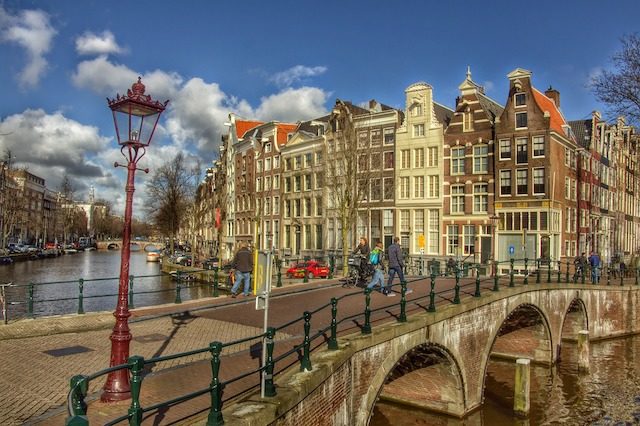
World famous Amsterdam. This city is an active metropolitan area situated on flat land, including areas that have had to be reclaimed from the ocean. Subject to flooding, massive urban construction has required more than just a little engineering to be sustainable. Amsterdam may be geographically flat and lacking in mountains, but it has been viewed as a place of where people can get high in the drug use sense without fear of legal reprisals. So-called “coffeeshops” function more as marijuana lounges in Amsterdam, where use of the almost universally banned drug is tolerated by the authorities.
Furthermore, red light district activities draw more than a fair share of visitors, since prostitution is legal. However, a variety of issues, as well as a simple lack of interest when it comes to more standard comforts, render Amsterdam a place that is not just overrated but leaving something to be desired when it comes to mainstream human comforts. Amsterdam’s food is lagging behind the attention given to the marijuana focused “coffeeshops,” being monotonous and simple for the most part, while the architecture of the coastal city is less than spectacular in many instances, with exceptionally plain construction defining much of the municipal jurisdiction
No comments:
Post a Comment